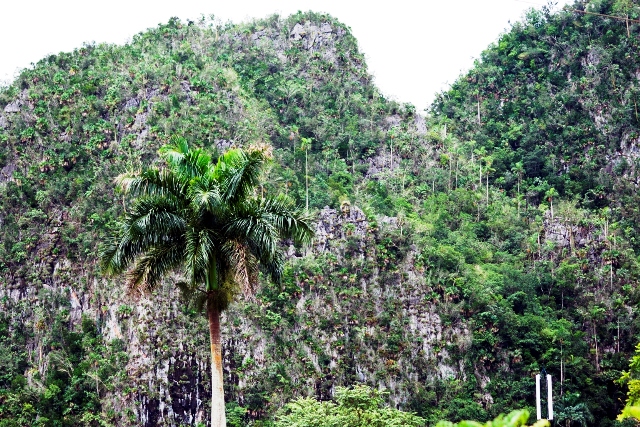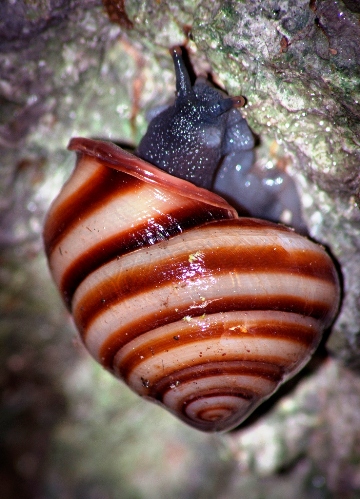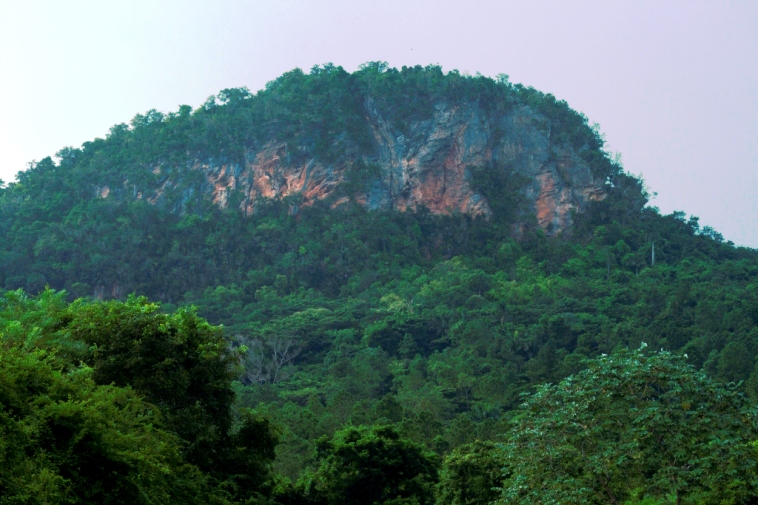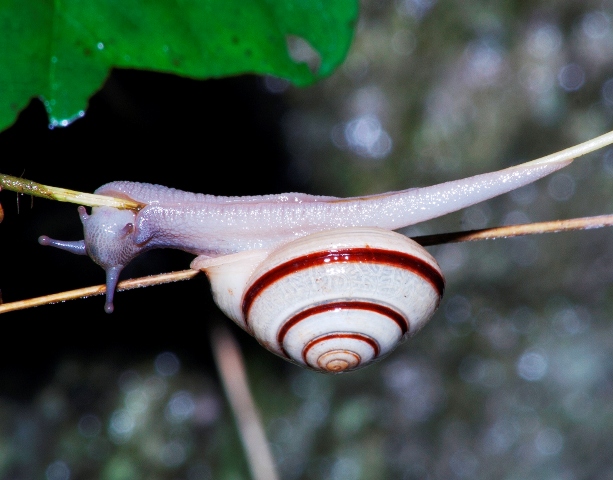 HERNÁNDEZ QUINTA Maike, Cuba
HERNÁNDEZ QUINTA Maike, Cuba
Abstract
The project consists of a taxonomic revision and phylogeny of the genus Jeanneretia, endemic of the Western region of Cuba. Two subgenuses with marked differences are described, Jeanneretia s.s. with Gular fold absent and present in Guladentia. Jeanneretia parraiana is the specie more variable within the genus, composed by five subspecies (J. p. parraiana, J. p. paralella, J. p. arangoi, J. p. carinata, J. p. depressa); some of them show enough variability to be considered valid species. Elements above the taxonomy of the genus, such as, the radulae, jaws and genitalia are unknown, which allow clarifying their status taxonomic of the genus, just like phylogeny and patterns of speciation that are unknown.
Training location: Royal Belgian Institute of Natural Sciences, Brussels
Aim
- To verify if the genus Jeanneretia really belongs to the family Cepolidae.
- To examine if there is sufficient anatomic variability for the sub-genera of Jeanneretia to be considered as valid genera.
- To examine if there is sufficient anatomic variability for some sub-species of Jeanneretia parraiana to be considered valid species.
Description
The genus Jeanneretia (family Cepolidae according to Espinosa and Ortea, 2009) is endemic of the Western region of Cuba. Species in this genus live mainly in the mountains, frequenting the limestone areas. Two subgenuses this described, Jeanneretia s.s. with Gular fold absent (four species) and present in Guladentia (five species). The marked difference in the shell among subgenus, it makes to think that these may rise to genus. The radulae, jaws and genitalia are unknown, although according to Pilsbry (1894) the genitalia are similar to Eurycampta. Taxonomic evident problems within the genus, they suggest a revision, for examples, the Jeanneretia parraiana (Jeanneretia s.s.) is composed of five subspecies (J. p. parraiana, J. p. paralella, J. p. arangoi, J. p. carinata, J. p. depressa), some of them show enough variability to be considered valid species. For example, the extremes, represented by J. p. arangoi, which shell is very globose, to J. p. depressa, which is much depressed, represent two very different molluscs. It is possible that we are in presence of two species, at one time separated geographically, that have since merged their ranges and are now producing hybrid individuals.

Habitat of Jeanneretia parraiana and Jeanneretia subtussulcata.

Jeanneretia subtussulcata, in Dos Hermanas.

Mogote Colorado, San Diego de los Banos, habitat of Jeanneretia.

Jeanneretia parraiana in Dos Hermanas.

